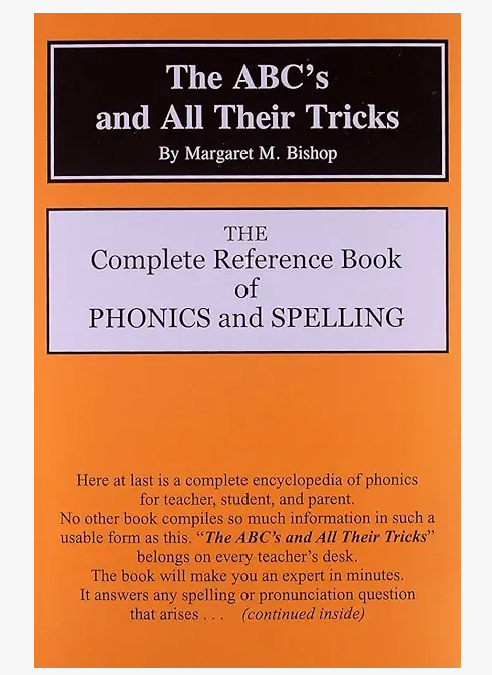
Round robin and popcorn reading remain common practices in many classrooms, yet a substantial body of research shows these approaches are not effective in promoting student reading development. It is critical for educators to understand the limitations of these methods and explore research-backed alternatives that foster meaningful engagement and skill growth for all learners.
What Are Round Robin and Popcorn Reading?
- Round Robin Reading: A structured approach where students read aloud in turn, moving sequentially around the room.
- Popcorn Reading: A less predictable method where students read aloud in random order as designated by peers or the teacher.
Although both strategies aim to involve all students in oral reading, they present practical and instructional challenges that impede reading progress.
Challenges With Round Robin and Popcorn Reading
1. Elevated Anxiety Among Struggling Readers
Unexpectedly being put “on the spot” to read aloud can cause heightened anxiety for many students, undermining their willingness to participate and negatively affecting confidence.
2. Insufficient Practice in Meaningful Reading
Research highlights that effective fluency development requires repeated, supported reading practice. In these formats, much of the class time is spent listening instead of actively decoding and processing text, limiting the development of automaticity and comprehension (Rasinski, 2010).
3. Disrupted Comprehension
Hearing peers struggle through unfamiliar words or phrases often interrupts the flow of understanding and fails to model fluent reading behaviors (Allington, 2011).
4. Inefficient Use of Instructional Time
Managing turn-taking consumes valuable reading time. Meanwhile, students not reading themselves are generally passive listeners, missing opportunities to engage with the text actively.
5. Reinforcement of Reading Inequities
Stronger readers receive minimal benefit, while weaker readers face repeated stressful exposures, which can unintentionally create a classroom dynamic marked by public comparison rather than equitable learning opportunities.
What the Research Recommends
The National Reading Panel (2000) promotes guided, repeated oral reading as an effective method over one-time, unscripted reading turns. Allington (2011) emphasizes the necessity of high-success reading experiences—texts at appropriate instructional levels for accurate and fluent reading. Samuels (2007) supports instructional practices that allow for multiple readings with feedback to build fluency and confidence.
Research-Based Strategies for Oral Reading Practice
Partner Reading: Pair students with similar reading levels to practice text collaboratively, alternating reading responsibilities to foster peer support and engagement.
Choral Reading: Whole groups read aloud simultaneously, reducing pressure on individuals while providing fluency practice.
Echo Reading: The teacher models reading a sentence or phrase first, and students immediately repeat it, building rhythm and expression.
Reader’s Theater: Students perform scripted roles after rehearsal, emphasizing repeated reading in an engaging context that elevates fluency and confidence.
Audio-Assisted Reading: Students follow along with prerecorded fluent reading before practicing independently, reinforcing accurate phrasing and pacing.
CLOZE Reading: In this approach, selected words in a passage are omitted, and students actively fill in the blanks based on context. The method encourages critical thinking, vocabulary use, and comprehension while involving all learners in a low-pressure, supportive environment (Decoda Literacy Solutions, 2022; Remedia Publications, 2022). Regular CLOZE reading practice has shown gains in comprehension skills such as main idea identification and sequencing (Ijsshmr, 2024).
Final Reflections
While round robin and popcorn reading may appear to engage all students, these practices do not align with research on effective literacy instruction. By adopting evidence-based alternatives—including partner reading, choral reading, reader’s theater, audio-assisted reading, and CLOZE reading—educators can create inclusive, positive oral reading experiences that build confidence and develop reading skills for every student.
References
Allington, R. L. (2011). What really matters for struggling readers: Designing research-based programs (3rd ed.). Boston, MA: Pearson.
Decoda Literacy Solutions. (2022, January 27). Back to basics: Cloze procedure. https://decoda.ca/back-to-basics-cloze-procedure/
Ijsshmr. (2024, June 5). Cloze reading strategy as enrichment of reading comprehension. https://ijsshmr.com/v3i6/Doc/27.pdf
National Reading Panel. (2000). Teaching children to read: An evidence-based assessment of the scientific research literature on reading and its implications for reading instruction. Washington, DC: U.S. Department of Education.
Rasinski, T. V. (2010). The fluent reader. New York, NY: Scholastic.
Remedia Publications. (2022, May 14). 5 reasons to use cloze reading. https://www.rempub.com/blog/5-reasons-to-use-cloze-reading/
Samuels, S. J. (2007). The fluency development lesson. In S. J. Samuels & A. E. Farstrup (Eds.), What research has to say about fluency instruction (pp. 186–206). Newark, DE: International Reading Association.
Little Tidbits
The ABC’s and All Their Tricks

The ABCs and All Their Tricks by Margaret Bishop is a comprehensive guide to English spelling, exploring each letter’s sounds, patterns, and examples. Clear, accessible, and thorough, it helps educators understand and teach spelling rules, making it invaluable for teachers, tutors, and those supporting struggling or dyslexic readers.





